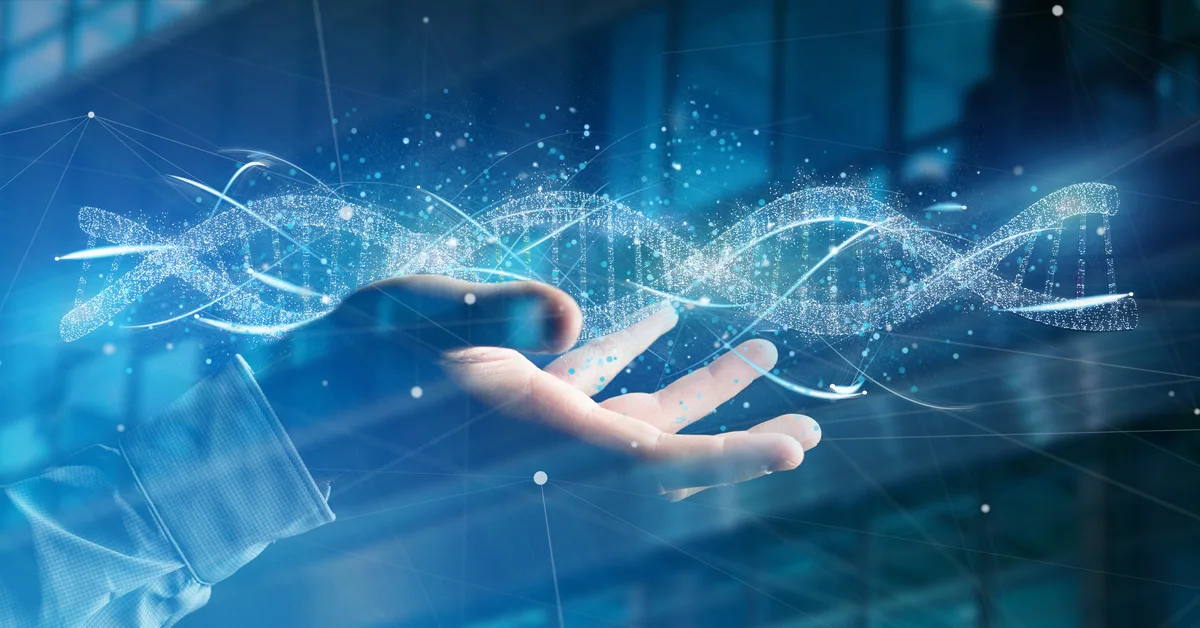

Optical Distribution Frames (ODFs) utilize various types of connectors to facilitate the connection of optical fibers. Some common types of connectors used in ODFs include LC, SC, ST, and MTP connectors. These connectors play a crucial role in ensuring the efficient transmission of data signals between different fiber optic cables within the frame.
The fiber management system in an Optical Distribution Frame (ODF) works by organizing and routing optical fibers in a structured manner. This system includes features such as fiber trays, cable management accessories, and labeling systems to ensure proper organization and easy identification of fibers. By implementing a well-designed fiber management system, ODFs can effectively handle large volumes of fiber optic cables.
Multi-dwelling unit (MDU) residents no longer just expect a roof over their heads; they demand a reliable connected existence. Connectivity is key. The internet isnot only an indispensable utility, but one that MDU residents expect property owners to provide. This post explores why a reliable internet service is crucial for property management and the potential consequences of dead spots, slow speeds, and internet downtime.

Posted by on 2024-02-07
Greetings from the technical forefront of Dojo Networks, your community’s internet service provider. In this article, we embark on a technical journey to explore the intricacies of WiFi connectivity within your apartment complex. As WiFi ninjas, we'll delve into the advanced mechanisms and protocols underpinning our managed network, detail the disruptive influence caused by personal routers, and explain why a unified approach from all residents is essential for ensuring optimal internet performance.

Posted by on 2024-01-18
It’s in our DNA. It made us who we are. DojoNetworks got its start more than 20 years ago as an internet company selling retail direct to MDU residents. We sold against the big carriers… one customer at a time. To win over–and retain–customers who assumed the cable company was their only option, we had to provide better value and better service. No other service provider in our industry, no one, has this amount of direct-to-customer experience or success. The carriers were used to being the only game in town, and the other MSPs all started with bulk, knowing they had a captive audience. A few MSPs are just now starting to offer opt-in service and have a year or two of experience.

Posted by on 2023-10-30
Smart apartment buildings, equipped with cutting-edge technology and automation systems, are becoming the new standard in property management. In this comprehensive guide, we will explore the concept of smart apartment buildings, the benefits they offer to owners and tenants, how to build or upgrade to one, the key features and technologies involved, and the steps to plan and implement a smart apartment building strategy.

Posted by on 2023-09-25
Splice trays in an Optical Distribution Frame (ODF) serve the purpose of providing a secure and organized platform for splicing optical fibers. These trays are designed to protect the delicate fiber splices from external elements and ensure that they are properly aligned for optimal signal transmission. Splice trays play a critical role in maintaining the integrity and performance of the fiber optic network within the ODF.

Within an Optical Distribution Frame (ODF), fibers are organized and routed using a combination of fiber trays, cable management accessories, and routing guides. Fibers are typically arranged in a structured manner to minimize signal loss and ensure efficient data transmission. By following specific routing paths and utilizing appropriate cable management techniques, fibers can be effectively organized within the ODF.
The main difference between a patch panel and a splice tray in an Optical Distribution Frame (ODF) lies in their respective functions. A patch panel is used for connecting and disconnecting fiber optic cables, allowing for easy access and maintenance of the network. On the other hand, a splice tray is specifically designed for splicing optical fibers together to create continuous signal paths. Both components are essential for the overall functionality of the ODF.
MDU Internet Infrastructure Used Currently For Commercial Applications in 2024

Proper cable management in an Optical Distribution Frame (ODF) is crucial for maintaining the integrity and performance of the fiber optic network. This involves organizing and securing cables in a neat and structured manner to prevent signal interference or damage. By using cable management accessories such as cable ties, routing guides, and fiber trays, ODFs can ensure that cables are properly routed and maintained within the frame.
When selecting an Optical Distribution Frame (ODF) for a specific network setup, key considerations include the capacity of the frame, the types of connectors supported, the availability of fiber management features, and the overall design and construction of the frame. It is important to choose an ODF that can accommodate the required number of fibers, connectors, and splices while providing efficient cable management and easy access for maintenance. Additionally, factors such as scalability, compatibility with existing equipment, and future expansion needs should also be taken into account when selecting an ODF for a network setup.

The placement of broadband amplifiers in MDU environments is influenced by several factors, including the size of the building, the layout of the units, the type of wiring used, the distance between units, the presence of interference sources, and the overall network design. Factors such as signal loss, noise, and signal-to-noise ratio also play a role in determining the optimal placement of amplifiers. Additionally, considerations such as the number of subscribers, the bandwidth requirements, and the desired signal strength at each unit must be taken into account when determining the placement of broadband amplifiers in MDU environments. Ultimately, a thorough analysis of these factors is necessary to ensure the efficient and effective distribution of broadband signals throughout the building.
MDU internet infrastructure plays a crucial role in supporting IoT devices and smart home technologies by providing a reliable and high-speed network connection that enables seamless communication between various devices. This infrastructure typically includes fiber-optic cables, routers, switches, and access points that ensure a stable and secure connection for smart devices to interact with each other and with cloud-based services. Additionally, MDU internet infrastructure often incorporates protocols such as Zigbee, Z-Wave, and Bluetooth Low Energy to facilitate the connectivity of IoT devices within a smart home ecosystem. By leveraging this advanced infrastructure, residents in multi-dwelling units can enjoy the benefits of home automation, energy efficiency, and enhanced security through the integration of smart devices like thermostats, lighting systems, security cameras, and voice assistants. Overall, MDU internet infrastructure serves as the backbone for enabling the seamless operation of IoT devices and smart home technologies in modern residential settings.
MDU internet infrastructure projects are typically funded and financed through a combination of private investments, government grants, loans, and partnerships with telecommunications companies. These projects may also receive funding from organizations focused on expanding broadband access in underserved areas. Additionally, some MDU internet infrastructure projects may be financed through tax incentives or subsidies provided by local, state, or federal governments. Overall, the funding and financing of MDU internet infrastructure projects involve a complex network of stakeholders and financial resources to ensure the successful implementation of high-speed internet services in multi-dwelling units.
Internet Service Providers (ISPs) can effectively manage bandwidth in Multi-Dwelling Unit (MDU) environments by implementing Quality of Service (QoS) protocols, utilizing bandwidth shaping techniques, and deploying network monitoring tools. By prioritizing traffic based on specific criteria such as application type, user, or time of day, ISPs can ensure that critical services receive the necessary bandwidth while non-essential traffic is limited. Bandwidth shaping techniques such as traffic shaping, rate limiting, and packet prioritization can help regulate the flow of data within the network, preventing congestion and ensuring a consistent user experience for all residents. Additionally, network monitoring tools can provide real-time visibility into network performance, allowing ISPs to identify and address bandwidth issues proactively. By combining these strategies, ISPs can optimize bandwidth utilization in MDU environments, improving overall network performance and customer satisfaction.
Residents of MDUs have access to a variety of support channels for internet-related issues and inquiries. These support channels may include a dedicated customer service hotline, online chat support, email support, and in-person support at a local office or service center. Additionally, residents may be able to find helpful resources on the provider's website, such as troubleshooting guides, FAQs, and community forums. Some providers may also offer support through social media platforms or mobile apps. Overall, MDU residents have a range of options available to them when seeking assistance with their internet services.
MDU broadband solutions, also known as multi-dwelling unit broadband solutions, differ from single-family residential deployments in several key ways. MDU broadband solutions are specifically designed to meet the unique needs of apartment buildings, condominiums, and other multi-unit residential complexes. These solutions often involve the installation of fiber-optic networks, Ethernet connections, and wireless access points to provide high-speed internet access to multiple units within the same building. In contrast, single-family residential deployments typically involve the installation of a single internet connection for a standalone house. MDU broadband solutions may also include features such as centralized management systems, bulk billing options, and shared amenities to accommodate the needs of multiple residents living in close proximity. Additionally, MDU broadband solutions often require specialized equipment and installation techniques to ensure reliable connectivity in a densely populated environment.